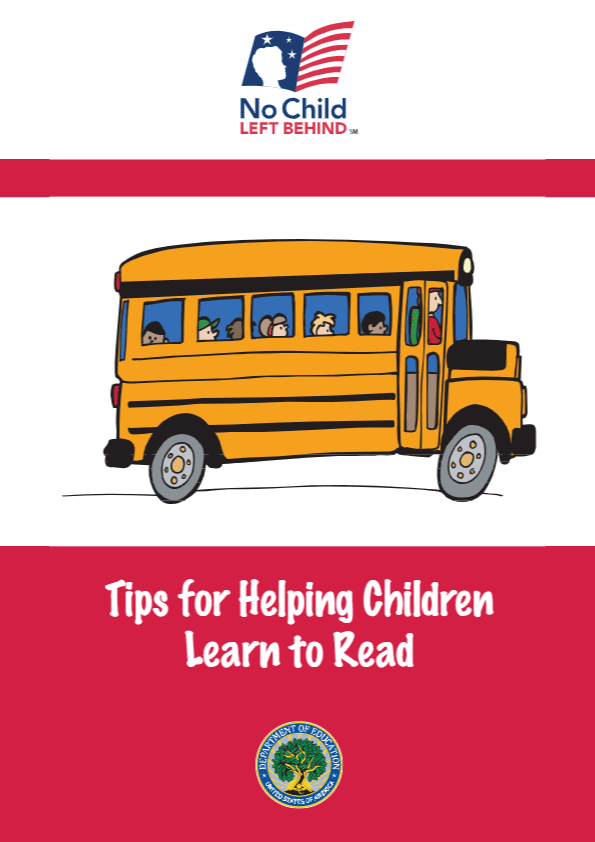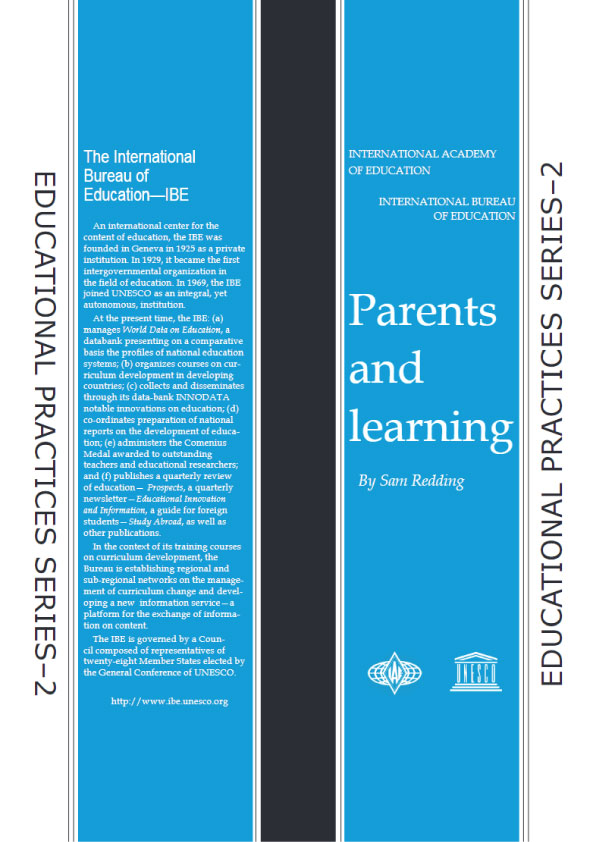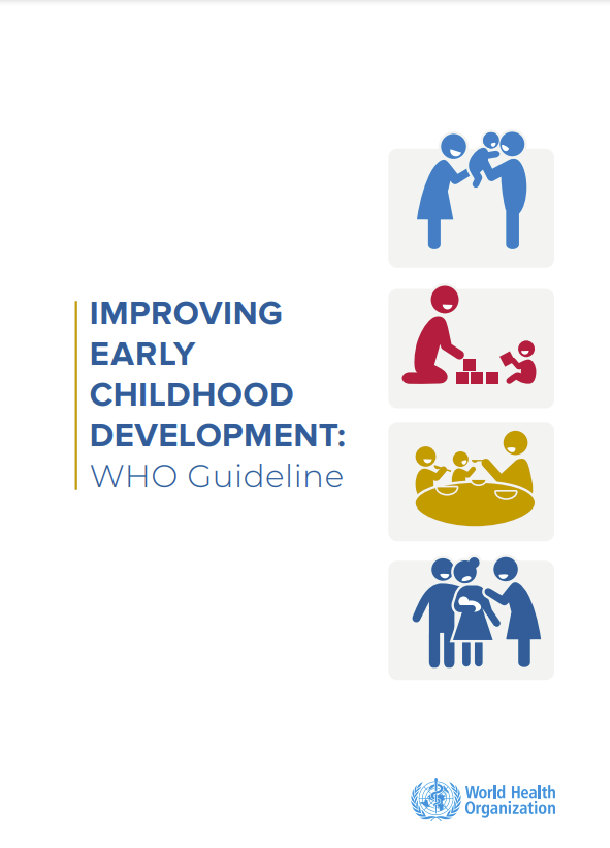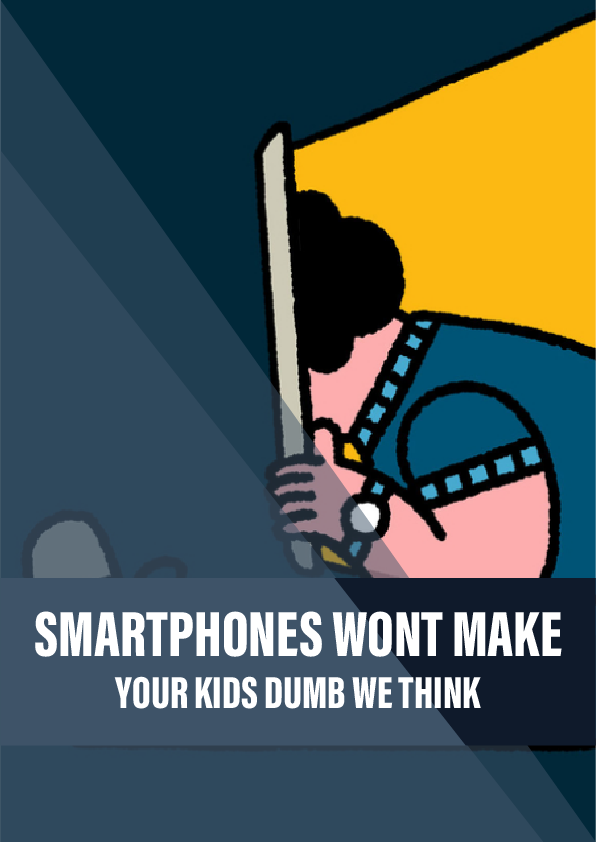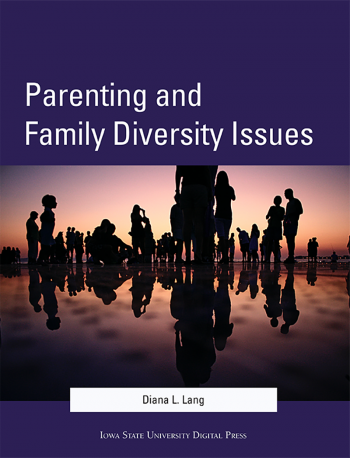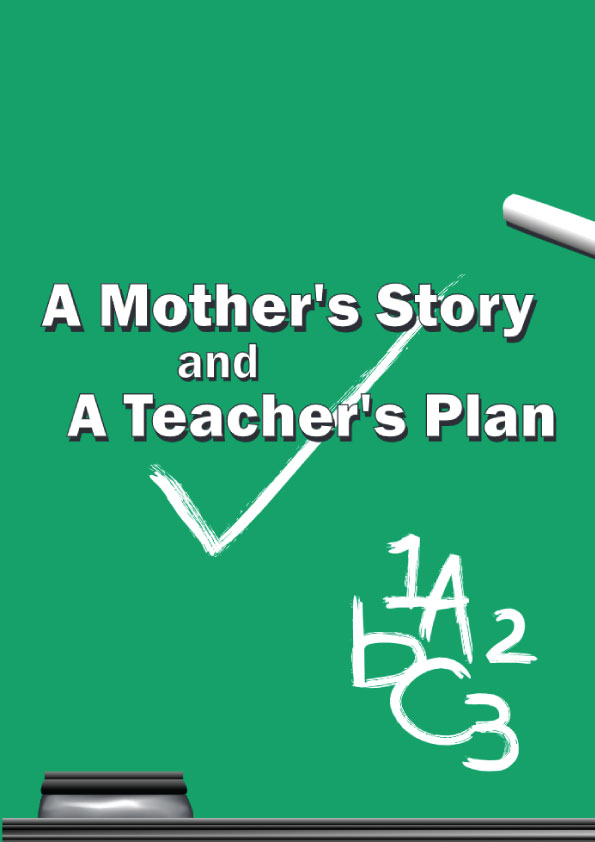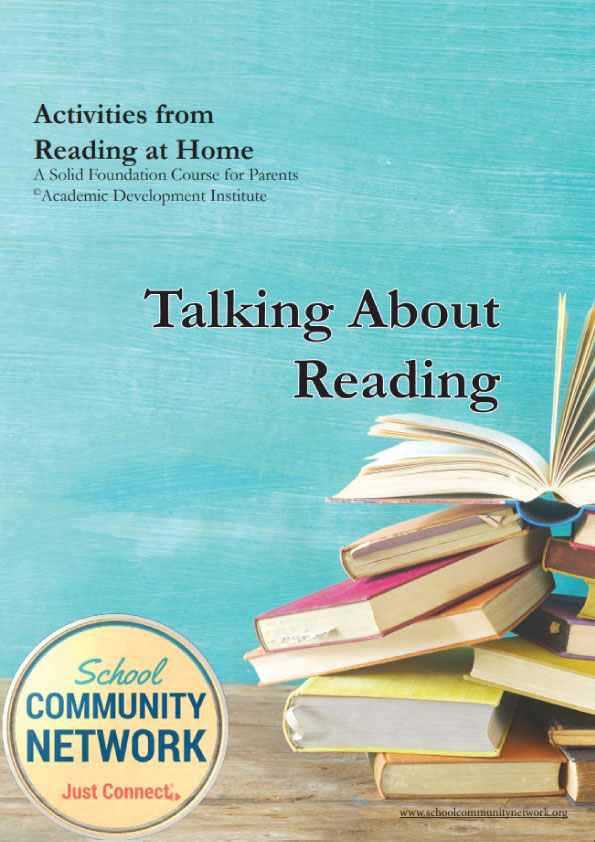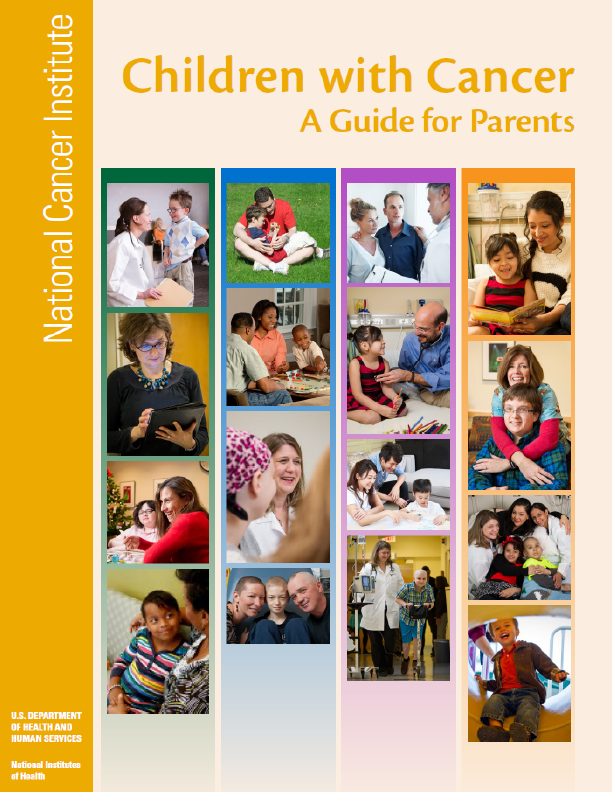“As parents, the most important thing we can do is read to our children early and often. … When children learn to love books, they learn to love learning.” —Laura Bush
The No Child Left Behind Act of 2001 helps to ensure that all children receive a high-quality education and holds schools responsible for making sure that all children are learning. The information in this brochure is consistent with this important law.
This brochure provides information about how you can help build your child’s reading and language skills during the early years of life. Reading well is at the heart of all learning. Without the ability to read, children can’t succeed in school.
Background
Children begin to develop language skills in infancy. Whether or not English is your first language isn’t important. What’s important is talking with your child. To understand the connection between children’s early experiences with spoken language and learning to read, think of language as a four-legged stool. The four legs are talking, listening, reading and writing. All four legs are important; each helps to support and balance the other.
Research has shown that most of the reading problems faced by adolescents and adults today could have been prevented if they’d gotten the proper help during early childhood.
“Reading is more than a pastime. In today’s world, it’s a survival skill.” —Secretary of Education Margaret Spellings
Ideas for All Ages
Let your child see you enjoy reading.
Limit TV viewing and computer use, and monitor what your child watches on TV and does on the computer.
For concerns about your child’s development, check with your pediatrician.
Working With Your Child’s School
Children whose first language is not English can still become excellent readers in English. Whether you do the activities suggested in Spanish or in English, you are still supporting him as he learns English language and reading skills.
When your child first enters school, talk with his teacher. If you feel you need help in meeting with the teacher, ask a relative, neighbor or someone else in your community to join you.
Let the teacher know what you are doing at home to strengthen your child’s speaking and reading in Spanish and English. Ask the teacher for ideas. Children who can switch back and forth between languages have accomplished something special: they understand two languages. They should be encouraged in such language learning.
